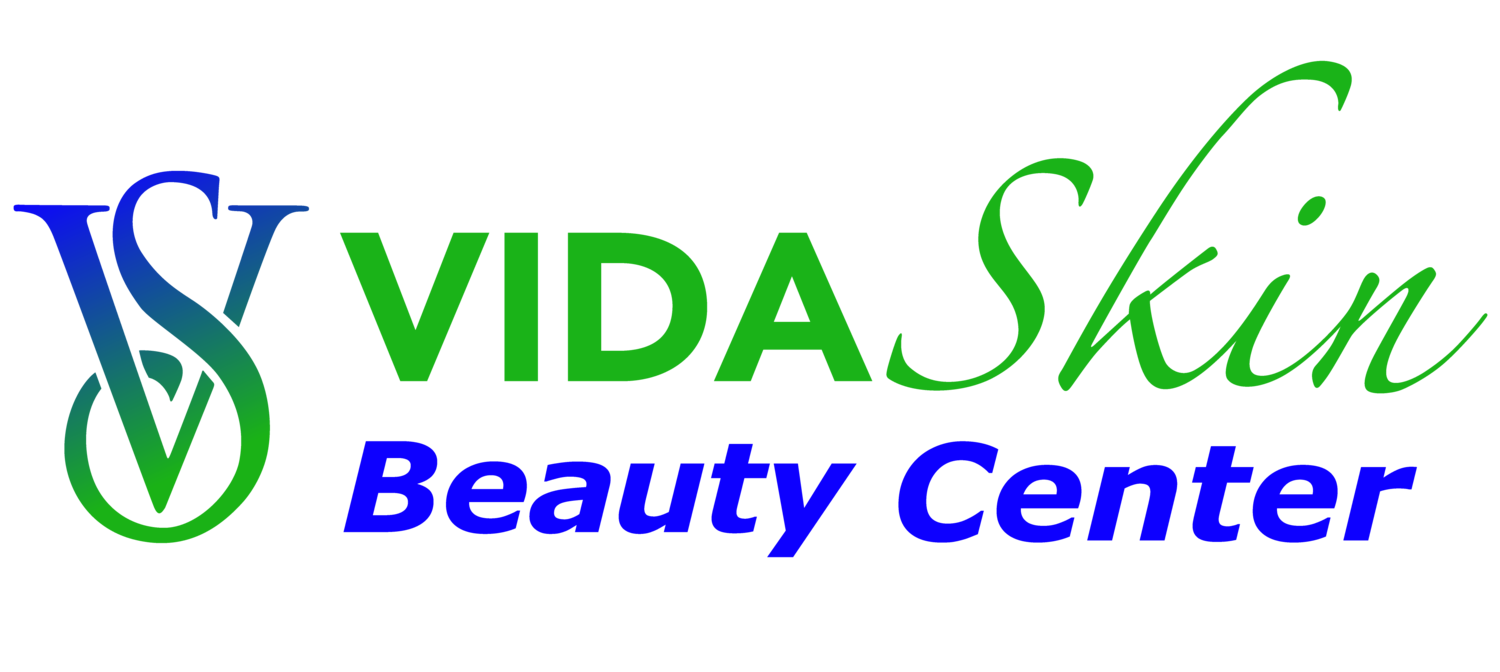FIBROBLAST PLASMA PEN
/What is a Fibroblast Plasma Pen treatment?
It is a non-surgical procedure for skin tightening and lifting the face and body with a plasma device.
Plasma is made from Nitrogen gas made in the air, after positively charged ions are magnetized with electric charge, and transmitted into a beam through the device pen.
Plasma is then transmitted onto the skin’s surface without touching the skin. In general, it does not work if it is too far from the skin or touches the skin.
✚ How Does Fibroblast Plasma Pen Work?
Plasma pen creates micro-traumas in the skin (dermis and epidermis), by creating little dots in the tissue without opening wounds.
Small blood cloths form over the treatment dots and later become covered with small scabs on the top.
Within the next 3 months, the skin produces collagen type-I, replacing the old, loose colagen type-III in the skin, resulting in skin rejuvenation and skin tightening.
increases the production of elastin and growth factors, resulting in increased skin elasticity and skin tightening.
✚ What Areas Can Plasma Pen Be Used on?
Forehead Lines
Upper Eye Lids
Under Eye Bags
Around Eye Area
Cheek Lift
Crows Feet
Marionette lines
Nasolabial lines (Smile lines)
Smokers Lines over top lip
Upper and Lower Lip / Lip Flip
Neck
Jaw Lift and Jowels
Stretch marks
Scarring
C-section scars
Loose belly skin
Mole removal
✚ What are the benefits of Plasma Pen?
It has a lower risk of hyperpigmentation than other ablative lasers, minimal downtime, lower sun sensitivity, minimal skin injury and bleeding, faster healing, and results lasting 3 years on average.
The risk of infections is much lower compared to micorneedling since the tissue remains closed with small blood cloths that become covered with small scabs on the top.
✚ Who Should Avoid Plasma Pen Treatment?
People with skin conditions: Port vine birthmark stain, Dark skin type (Fitzpatrick Skin Type 5 &6), Easy hyperpigmentation tendency, Keloids, Eczema, Psoriasis.
People with Medical conditions: Pregnant or Breastfeeding, Anemia due to slower healing, Bleeding disorder, Infections like Hepatitis, HIV or AIDS, taking blood thinners, Corneal abrasions, retinal detachement, taking steroroids, Epilepsy, history of autoimmune deases, ever had Gold Therapy for Rheumatoid Arthritis, history of Accutaine use, history of Antabuse use, Kidney or Liver Disease due slower healing.
✚ When should Plasma Pen treatment be delayed?
Delay 3 weeks or full 21 days after botox or Filler.
Delay 3 months after any face surgery.
Delay 5 weeks after chemo or radiation therapy.
Delay 3 months after Lase Eye surgery.
Delay 6 months if you have shingles.
Delay 6 months if had been treated with Acutane.
✚ What conditions have a slower recovery time?
Diabetes, Anemia, Bruising tendency, Cataracts or Corneal abrasion, Hisotry of Herepes Cold Soars (require antiviral pre-treatment).
✚ Before Your Treatment
Avoid any kind of tanning 2 to 4 weeks before your treatment. Use "SPF-50" for 2 to 4 weeks before your treatment. Bleaching creams may be also be used for darker skin clients to decrease the risk of hyperpigmentation.
Avoid any other procedures on the same area to be treated with Fibroblast Plasma Pen, such as Laser therapy, Chemical Peels, Botox, fillers.
Laser or peels for 90 days before Fibroblast Plasma Pen.
Surgical procedures like face lifts must wait at least 9 months before.
Avoid (Retin-A, salicylic acid, glycolic acid) 14 days before or 21 days after.
No Botox or fillers 21 days before or after Plasma Pen.
No Microneedling or PRP 21 days before or after Plasma Pen.
✚ After Treatment & Recovery?
Treatment Day: Numbing of the skin will be done when you arrive at the appointment with BLT cream applied topically for 45 minutes to decrease pain and discomfort. After numbing, the Fibroblast Plasma Pen will be used to rapidly create multiple dots over the selected treatment areas.
Days 1-3: As dots heel, tiny little scabs appear on the post-treated area. They don’t hurt but can itch a little bit as they heal, therefore, we recommend topical creams to decrease itching. Avoid picking the dots as the scabs begin to lift and darken between days 2 and 3, to decrease their risk of hyperpigmentation complications.
Days 4-5: The tiny scabs fall off, leaving tiny pink dots on the skin, and the itching decreases to a minimal level. After the scabs fall off, you can start wearing your regular makeup.
Days 5 and after: The skin continues to heal starting the process of collagen formation for the next 3 months, but some improvement in wrinkles is seen after 1 week.
